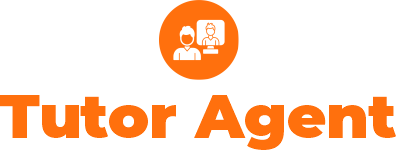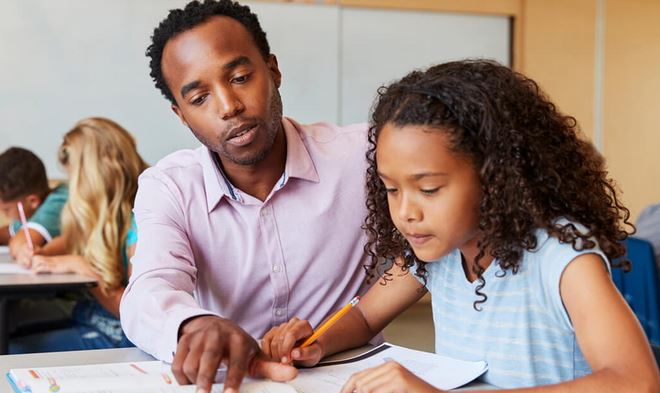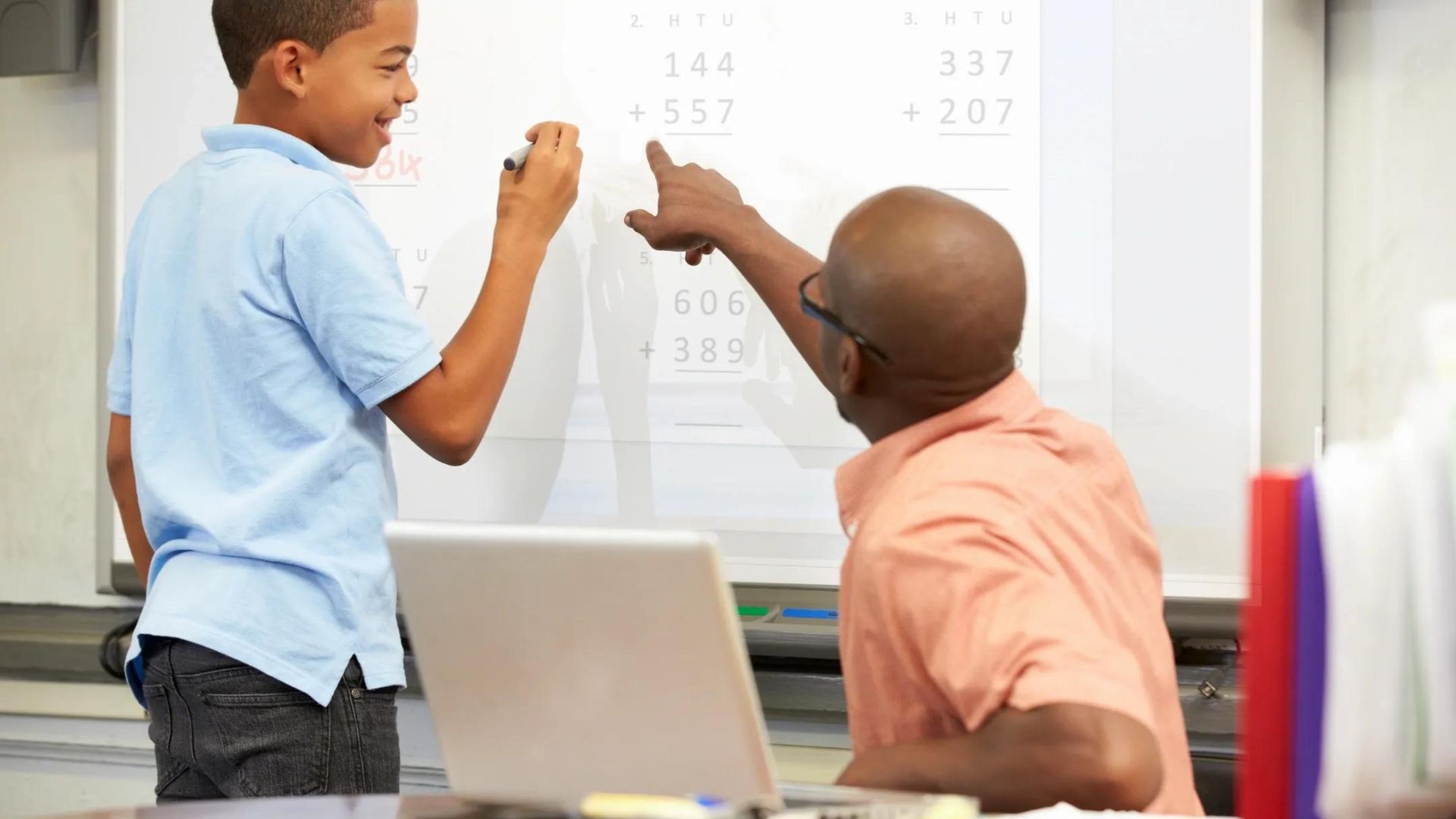Are you a tutor struggling to address learning gaps in your tutoring sessions? Learning gaps, also known as educational disparities or instructional voids, refer to the differences in knowledge and understanding among students. In this guide, we’ll discuss the best ways to identify and bridge learning gaps effectively in tutoring.
What are Learning Gaps?
Learning gaps occur when students have not mastered essential concepts or skills within a particular subject area. These gaps can result from various factors, including inconsistent instruction, individual learning styles, or external factors such as socioeconomic status.

Why are Learning Gaps Important?
Addressing learning gaps is crucial for ensuring that all students have an equal opportunity to succeed academically. By identifying and closing these gaps, tutors can help students build a strong foundation of knowledge and skills, setting them up for future success.
Identifying Learning Gaps
Assessing Student Knowledge
Conducting assessments, such as pre-tests, quizzes, or diagnostic exams, can help tutors identify areas where students are struggling.
Analyzing Student Performance
Analyzing student performance on assignments, homework, and classwork can provide valuable insights into areas of weakness. Tutors can review students’ work to identify recurring patterns or misconceptions that may indicate underlying learning gaps.
Addressing Learning Gaps
Differentiating Instruction
Tailoring instruction to meet the individual needs of students is essential for addressing gaps effectively. Tutors can differentiate instruction by providing personalized learning activities, adapting teaching strategies, and offering additional support as needed. For additional resources, consider exploring options in the realm of online casinos. These platforms often offer diverse learning opportunities and engaging activities that can supplement traditional instruction methods, helping students bridge learning gaps in an enjoyable and effective manner.
Providing Targeted Remediation
Offering targeted remediation activities can help students fill in gaps and strengthen their understanding of challenging concepts. Tutors can provide extra practice exercises, guided instruction, or one-on-one support to help students master essential skills.
Utilizing Peer Tutoring and Collaboration
Encouraging peer tutoring and collaboration can provide students with additional opportunities to learn from their peers. Tutors can pair students with similar learning needs to work together on assignments, projects, or study groups, fostering a supportive learning environment.
Monitoring Progress and Adjusting Instruction
Tracking Student Progress
Monitoring student progress through ongoing assessments and formative feedback is essential for measuring the effectiveness of interventions and identifying any lingering learning gaps.
Adjusting Instructional Strategies
Based on student progress and feedback, tutors can adjust their instructional strategies, pacing, and content delivery to better meet students’ needs. Flexibility and responsiveness are key to addressing gaps in tutoring effectively.
Implementing Multi-Sensory Learning Techniques
Incorporating Visual Aids
Utilizing visual aids such as charts, diagrams, and graphic organizers can help reinforce concepts and make learning more accessible for students with diverse learning styles.
Engaging Kinesthetic Activities
Incorporating hands-on activities and manipulatives allows students to physically interact with learning materials, promoting better retention and understanding of key concepts.
Leveraging Technology Tools
Interactive Online Platforms
Utilizing interactive online platforms and educational software can provide students with engaging learning experiences tailored to their individual needs and interests.
Digital Learning Resources
Accessing digital learning resources such as educational videos, interactive tutorials, and online quizzes can supplement traditional teaching methods and provide additional support for students struggling with specific concepts.
Encouraging Self-Regulated Learning
Teaching Metacognitive Strategies
Empowering students to become self-regulated learners by teaching metacognitive strategies such as goal-setting, self-monitoring, and reflection promotes independence and accountability in their academic pursuits.
Promoting Growth Mindset
Fostering a growth mindset encourages students to embrace challenges, persist in the face of setbacks, and view mistakes as opportunities for learning and growth, ultimately boosting their confidence and resilience.
Encouraging Self-Regulated Learning
Teaching Metacognitive Strategies
Empowering students to become self-regulated learners by teaching metacognitive strategies such as goal-setting, self-monitoring, and reflection promotes independence and accountability in their academic pursuits.
Promoting Growth Mindset
Fostering a growth mindset encourages students to embrace challenges, persist in the face of setbacks, and view mistakes as opportunities for learning and growth, ultimately boosting their confidence and resilience.
Conclusion
In conclusion, addressing learning gaps in tutoring requires a multifaceted approach that involves identifying, assessing, and targeting specific areas of need. By differentiating instruction, providing targeted remediation, and fostering collaboration, tutors can help students overcome learning barriers and achieve academic success.




